Seems like the internet is back to normal faster than I thought. Give it another day, and I can probably start uploading pictures again. Right now it’s still quite slow (think…. 28.8k slow with lots of packetloss)
I went to Luk Yu Teahouse 陸羽茶室 with family today for lunch. It’s a fairly famous old restaurant in Central, best known for rude waiters who only treat you well if you’re a regular, and a murder case a few years ago where a guy was gunned down in the middle of the dining room. Either way though, it’s a bit of a landmark and is not bad for food.
As many of you probably know, going to eat dim sum in Cantonese is “yum cha”, literally “to drink tea”. When we first sat down at the table and mom started looking at the food menu, the waiter commented “so fast?”. The expectation is that you will first sit down, drink some tea, talk, slowly look at what kind of food there is, wait for everybody to show up… and have a very, very leisurely lunch (or brunch, as is usually the case). A lot of Cantonese families I know would go at 9am and stay until well past 1. They sit, chat, read newspaper, etc, and it’s a time for the whole family to get together. Dim sum, the focus of this activity in the West, is only what fills the belly. It’s really a time when you are catching up with family, and tea serves as a lubricant for the conversation.
I think the kinds of tea that are ordered are often jasmine, shuixian, nongxiang tieguanyin, or puerh, with lighter teas being less popular (although I think they are also gaining in popularity). We got a puerh today. There’s no specific thing you order. You just tell them what tea they want, and they give it to you in a pot. There’s no asking of vintage, raw or cooked, or anything. It comes in a big pot where the water stews the leaves. It’s what’s called “cow-drinking”, which basically means drinking in big gulps rather than small cups for fine tasting. They also have gaiwans, if you prefer that, although with 10 people at the table gaiwan is quite impractical.
Usually, the puerh that is offered at these places are cooked or raw-cooked mix puerh, low quality, and quite nasty. The stuff at Luk Yu, while not fantastically good, is not bad. It’s all raw, at least the sample leaves I pulled out of the pot when we were done were definitely all raw puerh. It’s got some age. I can’t tell how long, but it’s not short. Drinking it from a big pot of stewed leaves also doesn’t help. After all, the tea’s just there to help you eat and talk. My family all commented though that the puerh there was better than the usual puerh you get outside, which is often dark and bitter (when overbrewed). I think for what it’s supposed to do, Luk Yu’s puerh is quite good.
I think tomorrow’s a tea shopping day 🙂





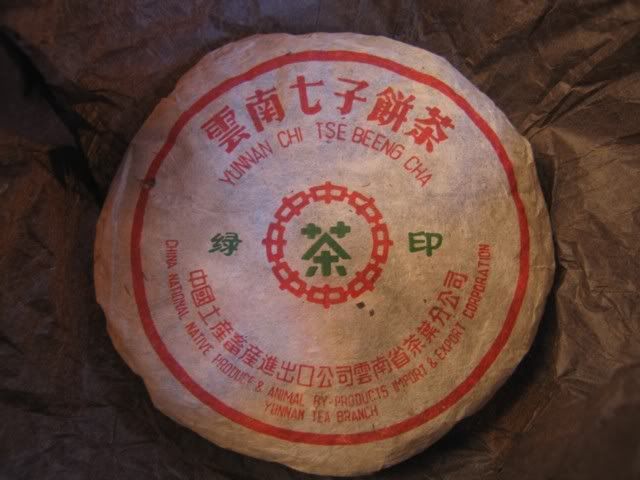
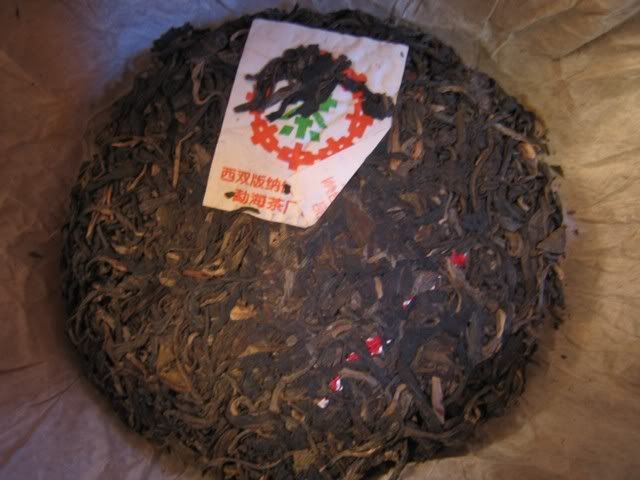


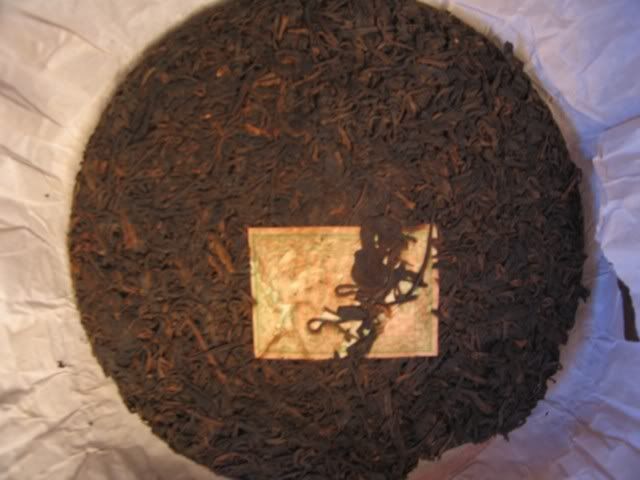
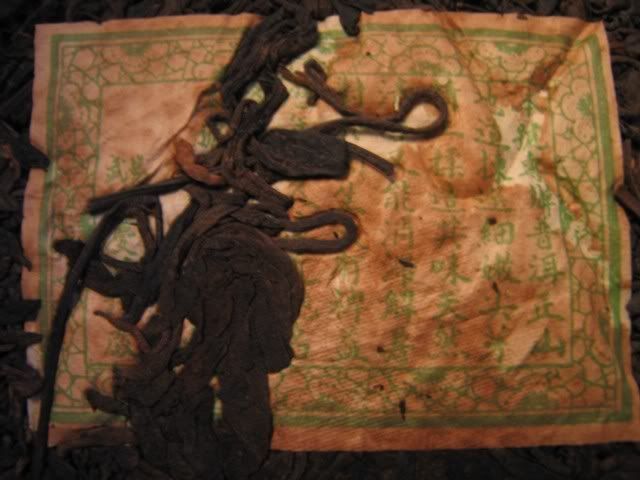
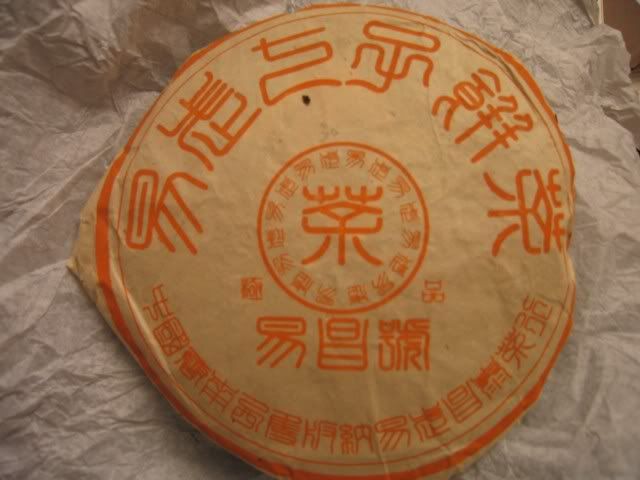
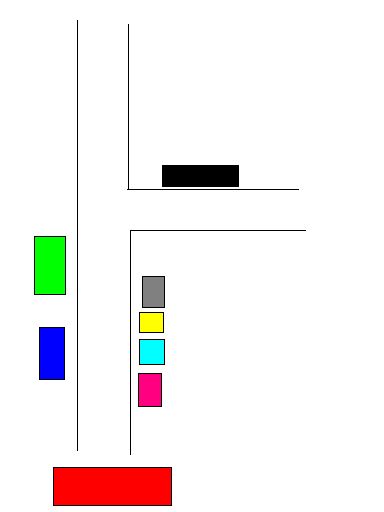
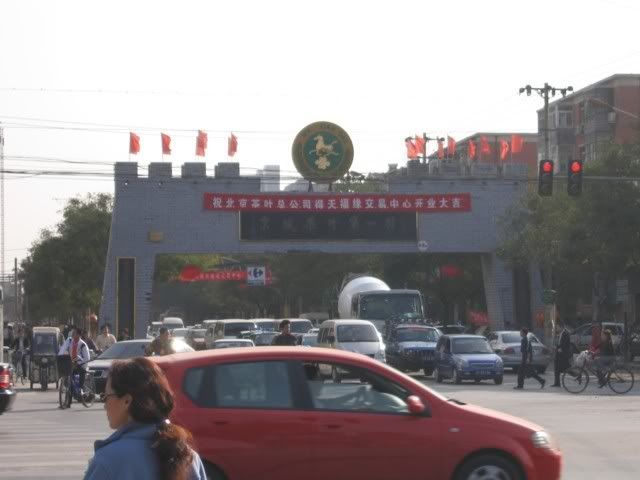
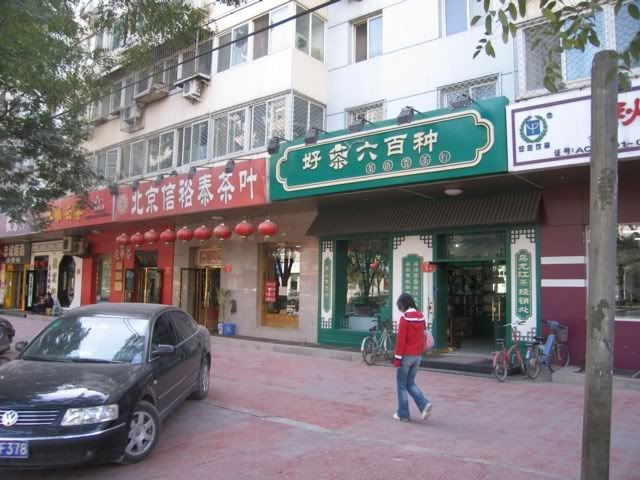
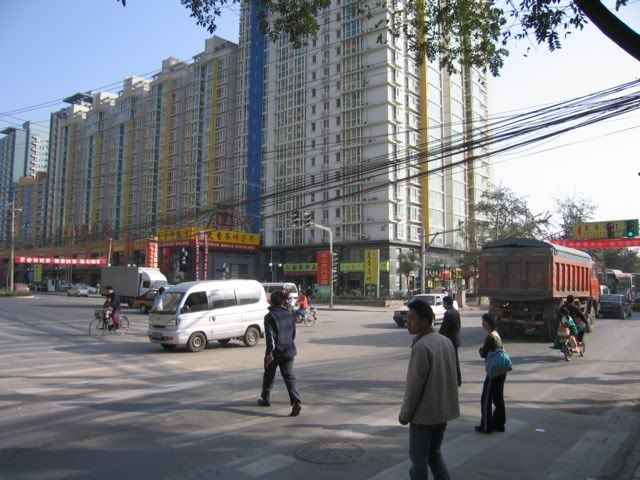
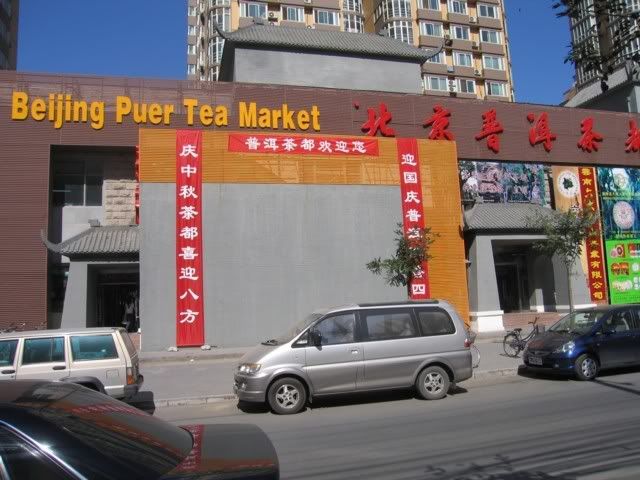


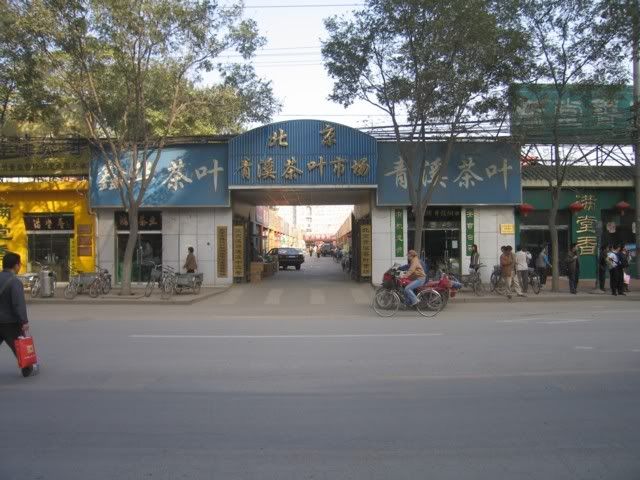
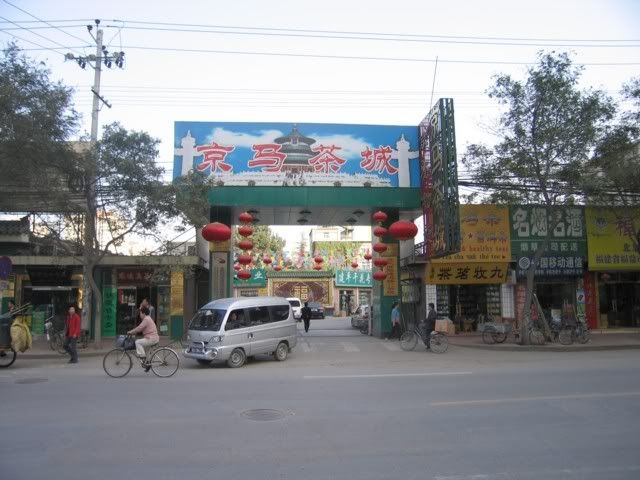
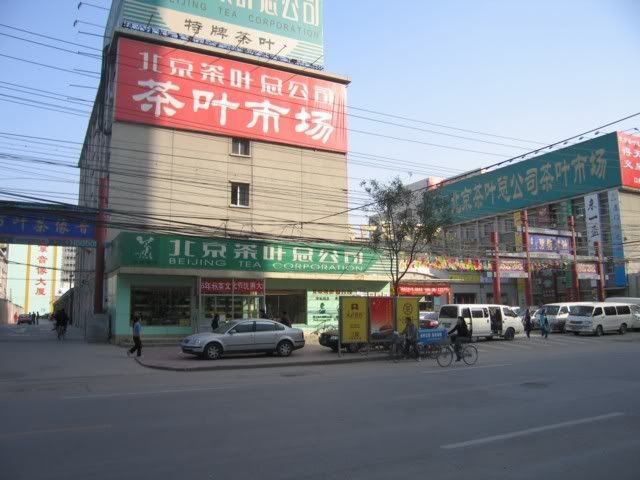


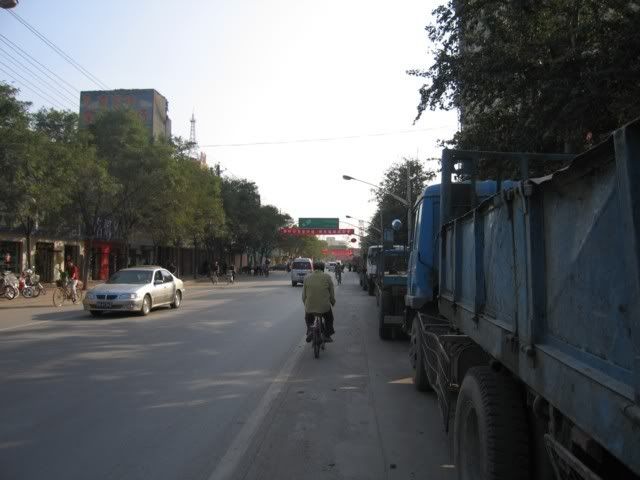
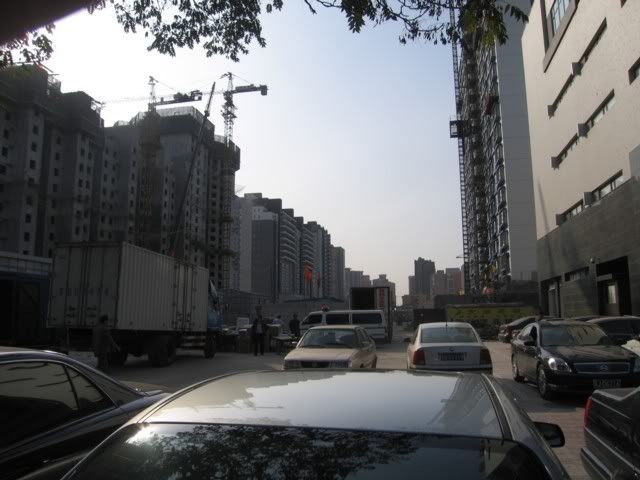

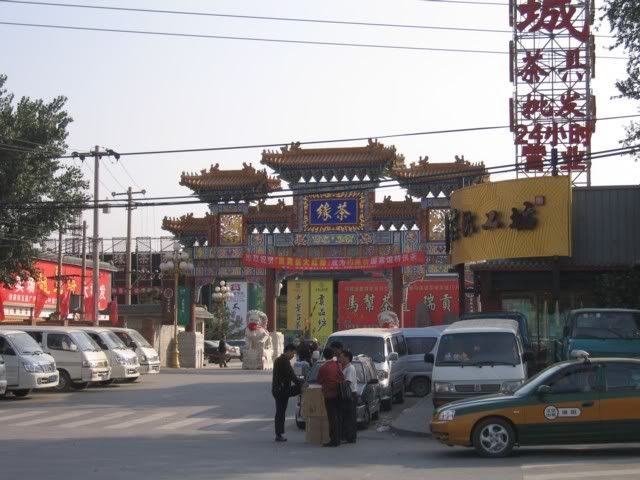
Unrelated: Thanks for still being around.